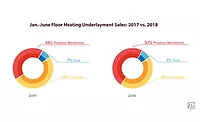How Amazon is changing the electric radiant market
Radiant heating systems, particularly floor-warming systems, have always been a bit of a niche product type.
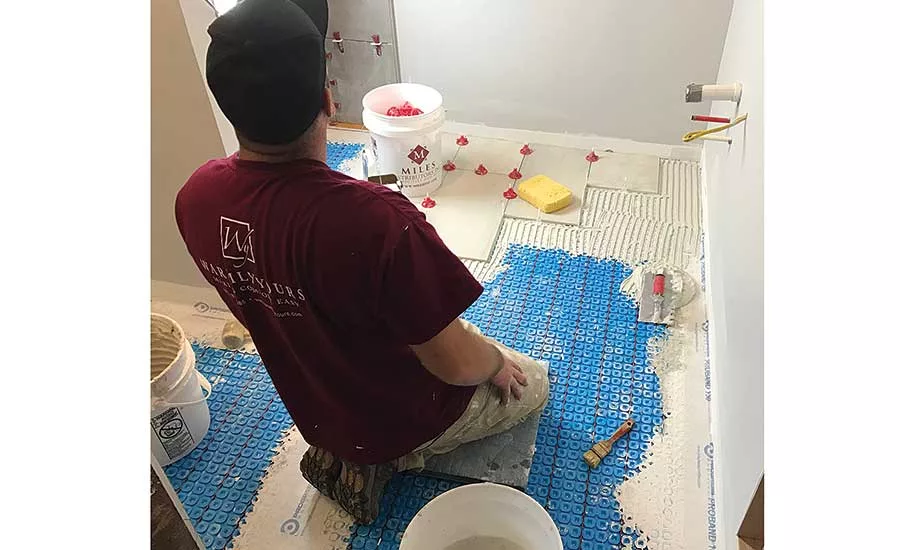
The popularity of installing floor heating cable with uncoupling membranes has helped drive underlayment sales growth via e-tailers. Photo courtesy of: WarmlyYours
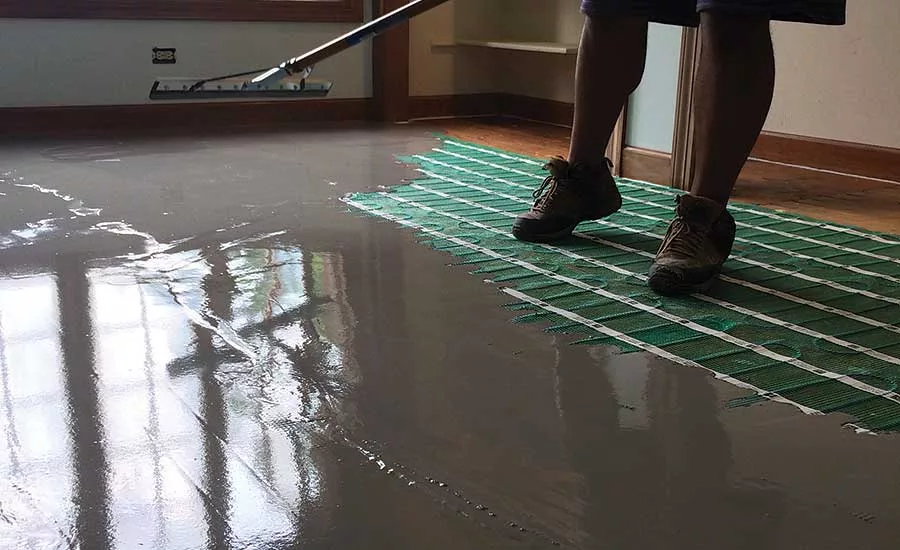
Embedding electric heating elements in thinset or self-leveling cement (pictured) helps turn the entire floor into a heated surface. Photo courtesy of: WarmlyYours
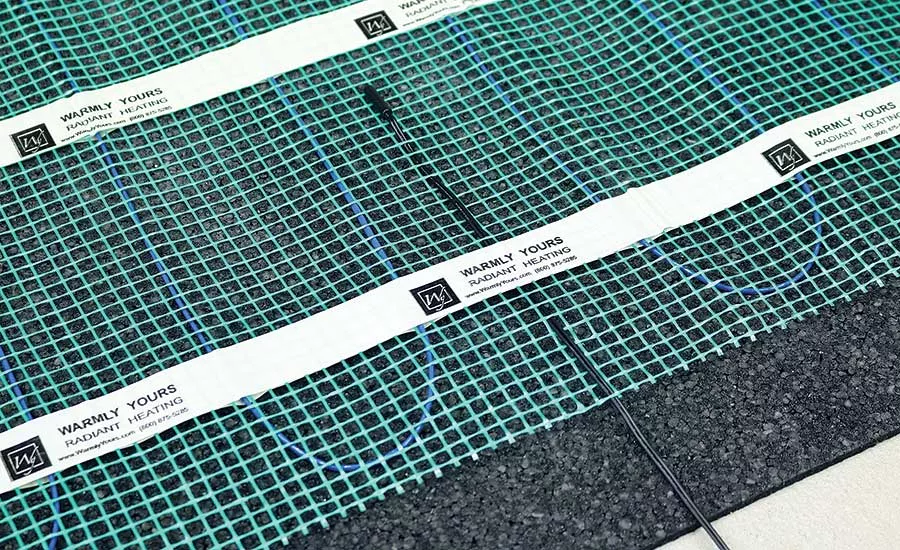
Cut-and-Turn heating rolls continue to be the most popular floor heating products for both e-tailers and direct sales. Photo courtesy of: WarmlyYours
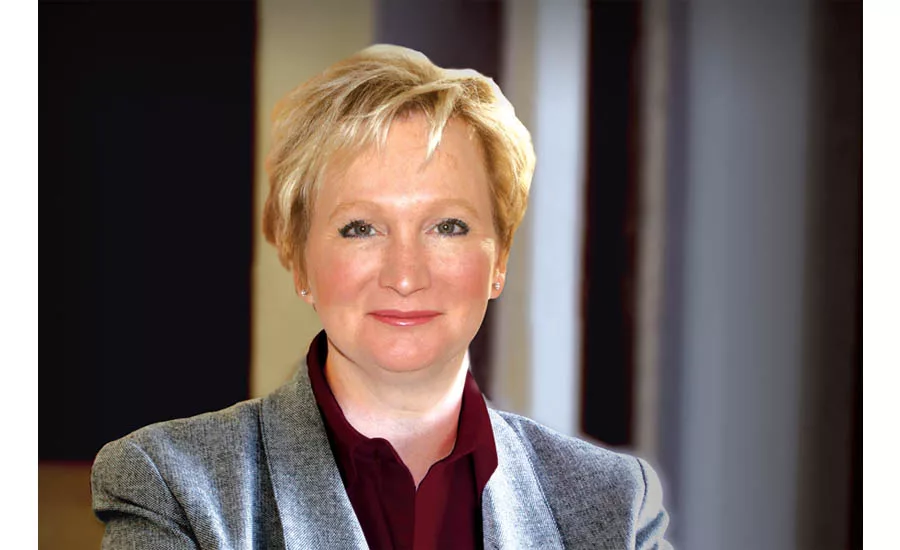
Author Julia Billen is the president, owner and co-founder of WarmlyYours Radiant Heating.
Radiant heating systems, particularly floor-warming systems, have always been a bit of a niche product type. It’s the nature of the industry, and radiant heating manufacturers take pride in providing luxury and comfort to discerning customers.
But lately, that has begun to change.
e-tailers drive change
While manufacturers have sold radiant heating products such as floor heating kits and towel warmers via third-party vendors for over a decade, the e-tailer channel has been experiencing significant growth in the last couple of quarters. WarmlyYours has seen e-tailer sales accelerate 147.6% in the first two quarters of 2018 when compared with the prior-year period.
This marks not only a significant shift in the rate of change, but also a considerable up-swell in sales volume. In fact, during the same time period, e-tailer sales grew to be 19.4% of total WarmlyYours sales — up from around 8%.
This trend is not limited to just radiant heating sales. According to an article by Shopify, worldwide e-commerce spending is supposed to grow in 2018 to $2.8 trillion, which is a 21.7% increase from 2017. This is further supported by the findings of the U.S. Department of Commerce, which found that, after seasonal adjustments, the estimates for Q1 2018 retail e-commerce sales were up 3.9% over Q4 2017 and 16.4% over Q1 2017.
This trend can also be seen at the individual e-tailer level. According to CNBC, the e-commerce giant Amazon saw sales growth of about 49% between Q2 2017 and Q2 2018. Year-over-year, the Home Depot, which has a strong presence online and also in brick-and-mortar locations, saw an approximately 20% bump in online sales during the first quarter of 2018.
The modern consumer
So, what is causing the growth of e-commerce sales? The short answer is simply that consumers are changing how they shop. The modern consumer is able to easily research products and compare multiple options in a way previous generations simply couldn’t.
“In seconds, customers can check the price of the item in stores around the world, read reviews from other customers that have purchased the item, and learn about the company that they are purchasing from,” according to digital marketing firm Crealytics.
Essentially, the modern manufacturer/distributor is challenged with figuring out how to make necessary information easily accessible so that a relatively inexperienced customer can purchase their products with confidence. While this kind of effort is labor-intensive and is difficult for standard sales metrics to measure, it ultimately proves to be invaluable for the long-term health of a business as positive consumer experiences — and for that matter, negative ones — are more visible and essential in the digital marketplace than ever before.
The impact of e-tailers
For products such as electric floor heating, this is especially important, as identifying the right heating system for a project is dependent on several variables such as flooring type, total heated area, voltages available, etc. While it’s important to empower the consumer, no website or install manual will ever be able to replace the experience and guidance of a trade professional or a sales representative, so a careful balance must be struck.
Another unforeseen impact of e-tailers regarding the sales of radiant heating products has been the increased visibility of the products themselves at crucial moments in the purchase funnel.
For example, most underfloor heating systems necessitate the replacement of a floor. If you can place your products in front of a consumer who is already replacing a floor, then the additional cost of the floor heating system is a much easier sell. By combining both paid and organic efforts, a radiant heating manufacturer is able to significantly increase the likelihood of displaying our products when a consumer is looking at commonly heated flooring types such as porcelain tile.
This has been particularly important in driving the growth of radiant heating products via pure e-commerce sites such as Amazon, where WarmlyYours sales of floor heating elements and underlayments grew 427.9% and 3,003.5%, respectively, in Q2 2018.
Another interesting impact of e-tailers on radiant heating sales concerns seasonality. Like any heating product, consumer interest in radiant heating has traditionally been at its peak during the colder months of the year, typically in the fourth and first quarters. However, consumer interest via e-commerce channels continued to accelerate rapidly in the second quarter, despite a history of relative slowdowns.
In Q1 2018, the rate of growth for Amazon sales was 249.4%, but in Q2, it was 349.8%. The “Point of Purchase” cross-selling of products discussed earlier certainly explains some of shift, but this is also the result of more and more professional customers — one of the few customer channels that typically presents strong demand in the second and third quarters — utilizing Amazon as a “one-stop shop” for all their project needs.
While it’s impossible to say how far the trend of purchasing radiant heating products from e-tailers will extend, it’s certainly showing no signs of slowing. But it’s the challenge of the entire radiant heating industry to identify how to best serve our customers in an ever-changing marketplace that, like heat, is only going to rise.
Looking for a reprint of this article?
From high-res PDFs to custom plaques, order your copy today!






